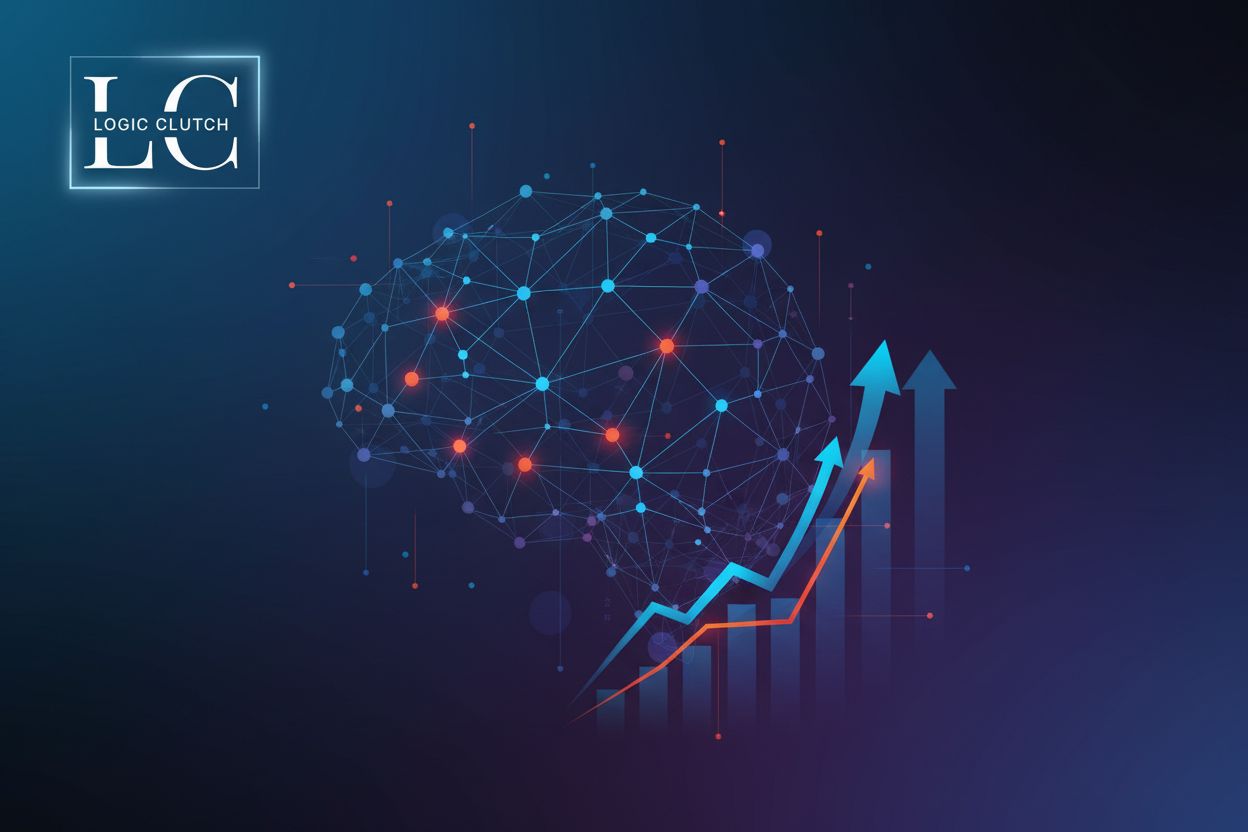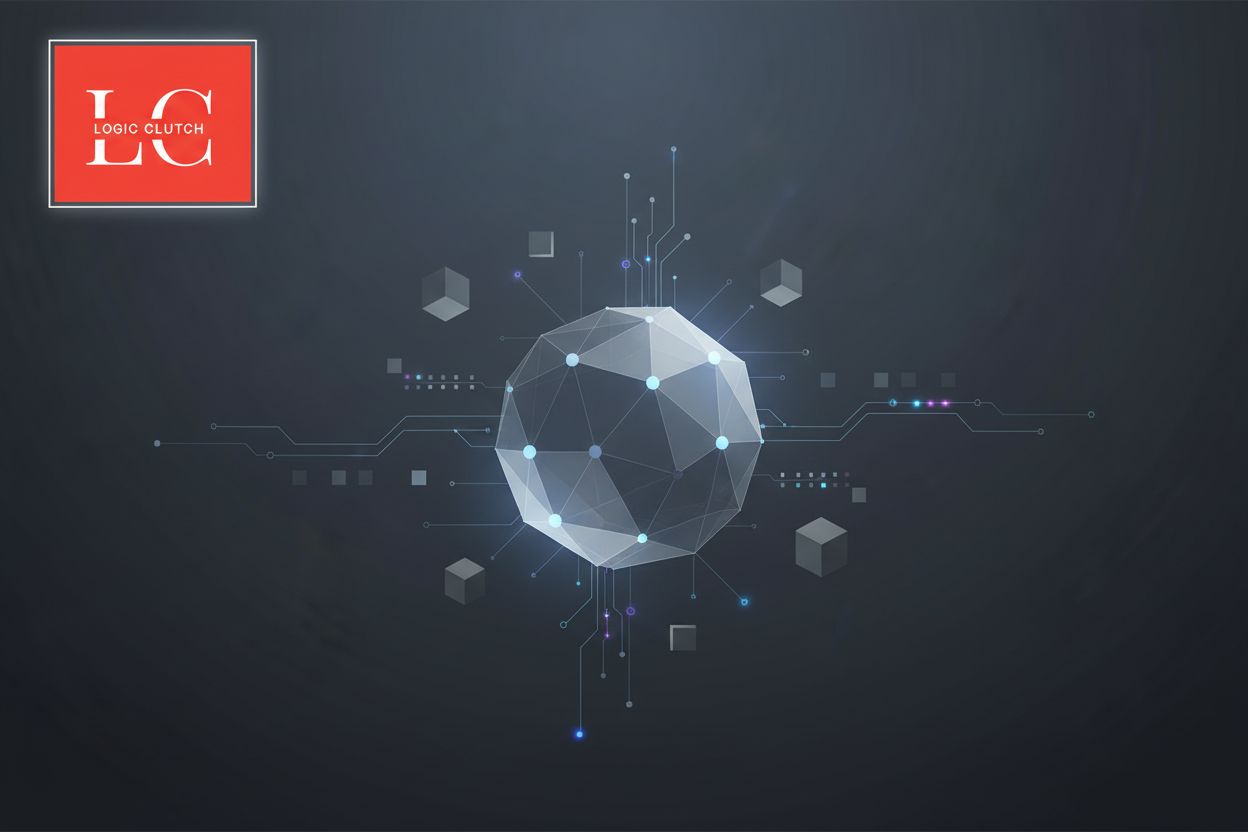Salesforce Sales Forecasting Supercharged Predictive Analytics Unveiled
TL;DR
The Imperative of Accurate Sales Forecasting
Sales forecasts, am I right? Sometimes they feel more like guesstimates than actual... estimates. But here's the thing: getting it right matters. Like, really matters.
Well, think of it this way:
Resource Allocation: if you get your forecast right, then you don't have too much, or too little, of a product. No more, stockouts or overstocking. Plus, it helps you plan your marketing, too.
Financial Planning: Knowing what's coming down the pipeline is super important for budgeting. It's kinda hard to plan effectively if you're just winging it, isn't it?
Strategic Decision-Making: It's about seeing the forest for the trees. Good forecasting is crucial for good decisions.
Traditional methods, relying on hunches or basic historical data, just aren't cutting it anymore. Today's markets are too complex, and there's too much data flying around to leave things to chance. We need a way to handle this complexity, and that's where predictive analytics comes in.
So, what's next? We'll dive into how predictive analytics can seriously improve your Salesforce sales forecasting.
AI A Game Changer for Sales Forecasting
Okay, so you're probably wondering how ai is changing the game, right? Well, it's not just hype – it's seriously revamping sales forecasting. Let's get into it.
Automation is key: ai automates data collection and processing from all sorts of places. Think crm systems, social media feeds, and even those clunky old spreadsheets. This saves a ton of time and effort, which analysts can then use for, like, actual strategizing.
Handling the data deluge: Traditional methods choke on big datasets. ai? It thrives on 'em. It can sift through massive amounts of info and find hidden patterns that humans would totally miss. dckap commerce notes this ability to process vast data streams gives a more comprehensive and robust forecast.
Spotting the unseen: ai can find patterns that are just not obvious. For instance, it might notice a link between specific weather and sales spikes or find correlations between social media buzz and buying habits.
Real-time forecasting? Yep: volatile markets demand quick reactions. ai makes it possible to update forecasts in real-time, responding to things like holidays or economic shifts. This agility lets businesses tweak marketing and manage inventory on the fly.
Adaptive learning: machine learning, a subset of ai, constantly improves as it gets more data. This means the forecasting models stay relevant and accurate, even when the market's doing its usual chaotic dance.
Imagine a healthcare provider using ai to predict patient readmission rates. By analyzing patient history, demographics, and treatment data, they can identify at-risk individuals and intervene proactively. Or, consider a retailer using ai to forecast demand for seasonal products, ensuring they have the right stock at the right time.
It isn't all sunshine and rainbows, though. Implementing ai-driven forecasting involves challenges like ensuring data quality and integrating it with existing systems. But hey, the potential gains in accuracy and efficiency? Totally worth it.
Now, let's look at how this ai can adapt and improve over time, shall we?
Concrete Benefits of AI-Powered Sales Forecasting
Alright, let's talk about the real, tangible stuff – what do you actually get from using ai-powered sales forecasting? It's not just about fancy algorithms, it's about cold, hard improvements.
Supercharge your Forecast Accuracy: it's not just about being more accurate, it's about making better decisions. Sales teams using machine learning can get their forecasts to about 88% accuracy, compared to like, 64% with spreadsheets. That's a big jump, right?
According to Persana ai, companies using ai for sales forecasting see a 75% boost in accuracy, leading to smarter decisions and better revenue growth.
Inventory Optimization: Imagine not having to stress about stockouts or overstocking. ai helps you maintain ideal inventory levels by deep diving into those consumption patterns. This balanced approach cuts costs and makes sure you're not sitting on piles of unsold stuff.
Turbocharged Marketing Campaigns: ai can help group customers based on their behaviors and purchases, then you can send em' marketing campaigns tailored to what they actually want. It's like having a personal touch for every customer and it's a game changer for conversion rates.
Think about it this way... a large retailer could use ai to predict demand for, say, umbrellas during a flash sale based on weather forecasts and past sales data. They can then adjust their stock levels in real-time to meet the demand without overstocking or missing out on sales.
Data-Driven Decisions: Instead of relying on gut feelings, you're making choices based on solid data. This leads to better resource allocation and strategic planning. You can see where you should put your resources and what strategies are most likely to work.
Faster, Smarter Decisions: With ai handling the data crunching, decisions happen faster and are of better quality. You're not waiting weeks for reports; you're getting insights in real-time.
Supply Chain Harmony: ai helps align your supply chain with actual customer demand. This minimizes delays, reduces waste, and makes sure that customers get what they want, when they want it.
So, what's next? Let's dig into the strategic impact on business performance because, at the end of the day, that's what really matters, right?
Navigating the Challenges of AI Implementation
So, you're thinking about diving into ai for sales forecasting? Cool – but hold on, it's not all sunshine and rainbows, is it? There's some bumps along the road, as with any tech implementation.
One of the biggest issues? Data, duh. You need good data, not just lots of data. If your data's a mess, your ai is gonna give you messy predictions, plain and simple. Think about it like this:
- Garbage In, Garbage Out: ai models are only as good as the data they're fed. If you're pulling data from all over the place, you'll have to clean it and standardize it.
- Legacy Systems Are a Pain: Integrating ai with your existing systems can be tricky, especially if you got some old, clunky software. Getting everything to talk to each other is a challenge.
It's not just tech, it's people, too.
- Need for AI Expertise: You gotta have folks who know their way around data science and ai. Otherwise, you're kinda flying blind. And, you know, that doesn't always end well.
- Ethical Considerations: What about data privacy? How are you using customer info? You gotta be transparent and follow the rules, or you'll be in trouble.
79% of American consumers worry about how companies use their data - dckap commerce notes this is especially important when dealing with sensitive customer and transaction data.
Okay, so what's the solution? Well, LogicClutch specializes in data management and Salesforce crm solutions. Crucial if you wanna make ai work, right? They offer, ai-powered saas solutions, custom development, and even resource augmentation to help bridge that skills gap.
They help with the data quality, the integration, and even the ethical stuff so you can get reliable ai-driven forecasting.
Ready to transform your sales forecasting? Let's move on to the strategic impact on business performance.
Real-World Success Stories
Okay, so how do you really know if all this ai-powered forecasting stuff actually works? Well, let's get into some, you know, actual examples.
Inventory Harmony: Walmart, that retail behemoth, uses ai to optimize inventory, and minimize waste. They look at weather-patterns, local events and whatnot. This led to a 30% reduction in shortage and greater customer satisfaction, which is pretty darn good.
Marketing that Actually Hits Home: Coca-Cola uses ai algorithms for demand forecasting - helps them plan production better, avoid overstocking, and make sure they have the popular stuff on hand. Reportedly, they've cut error margins by, like, 20%.
Supply Chain Efficiency: Amazon uses ai to manage it's super complex supply-chain. It's now moving 75% faster than ever. Products are delivered faster, and everyone's happier.
So, what's the takeaway here? It's not just about throwing ai at the problem. It's about:
- Continuous Monitoring: Markets change, so your models have to keep up.
- Data-Driven Culture: Decisions needs to be based on data, not just gut feelings.
Now, lets move on to strategic impact on business performance.
The Future Landscape of Predictive Analytics
Okay, so you're probably wondering what's next for predictive analytics? Well, it's not just about better numbers; it's about completely changing how businesses see the future, ya know?
Expect to see increased use of real-time data for, like, dynamic forecasting. Instead of relying on old data, ai systems will analyze data as it comes in. This means businesses can react faster to market changes, customer behavior, and all sorts of external factors.
Integration of ai with iot will be a game-changer for data collection. Think sensors tracking inventory levels in real-time, feeding straight into forecasting models. This'll give companies a much clearer picture of what's going on.
Customization and personalization are gonna be key. Machine learning algorithms will predict not just overall sales but also individual customer buying habits. This allows companies to tailor their marketing and product offerings to specific customers.
ai's impact on order volumes, lead times, and efficiency in b2b commerce will be huge. Expect to see companies maximizing order volumes and reducing lead times with the help of predictive analytics.
Forecast accuracy is set to rise, leading to faster deliveries and lower costs. As more e-commerce platforms use ai, demand forecasting will become more accurate.
Firms that adopt ai in sales forecasting will gain a major competitive advantage. They'll be able to anticipate market demands better and optimize their operations.
The future will see the rise of more sophisticated ai algorithms, including deep learning models. These models can handle complex datasets and find hidden patterns with greater accuracy.
Deep learning models will be capable of processing unstructured data like customer reviews and social media content. This will boost forecasting accuracy by including data that was previously hard to analyze.
Overall, these advancements will lead to a world where forecasts are much more accurate and businesses can make better decisions.
It's all about staying ahead of the curve, and ai-powered predictive analytics is how companies gonna do it.






